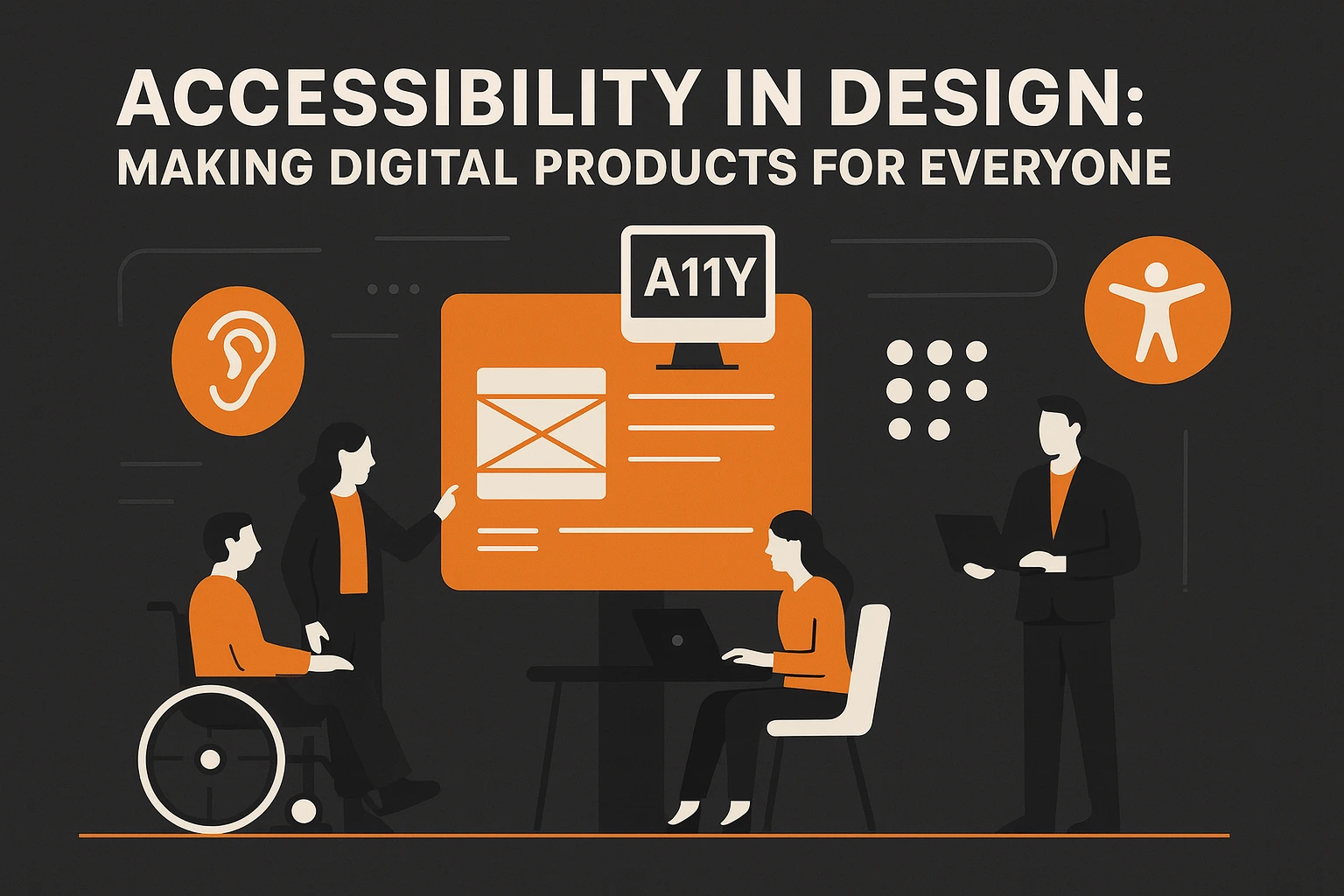
Accessibility ensures that everyone, regardless of ability, can use digital products effectively. Inclusive design is not a luxury - it’s a necessity that improves usability for all users and strengthens a brand’s social responsibility.
Good design begins with empathy. Considering users with visual, auditory, cognitive or motor challenges leads to solutions that benefit everyone - from clear contrasts and readable fonts to voice navigation and keyboard shortcuts.
The Web Content Accessibility Guidelines (WCAG) provide a clear framework for accessibility. Principles like Perceivable, Operable, Understandable and Robust (POUR) guide designers toward creating digital products that function across all contexts.
Automated tools like Axe, Lighthouse and Wave help detect accessibility issues early. However, manual testing - especially with assistive technologies like screen readers - remains crucial for real-world validation.
Accessible design opens products to a wider audience and reduces legal risks. More importantly, it fosters trust and brand loyalty - users feel valued when products adapt to them, not the other way around.
Conclusion
Accessibility isn’t an afterthought - it’s good design. By prioritizing inclusivity, companies not only comply with standards but also create digital experiences that empower every user.


